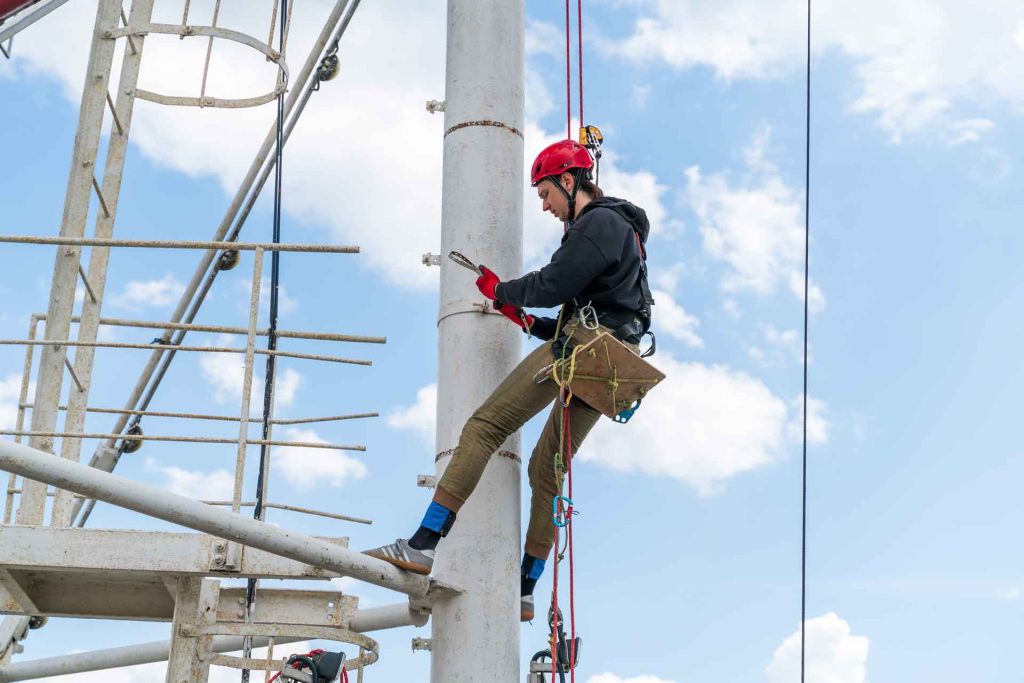


 349,500 Offered Certificates
349,500 Offered Certificates
 24/7 Online Training
24/7 Online Training
 Money Back Guarantee
Money Back Guarantee
 Fully Accredited Courses
Fully Accredited Courses

Created at: 22-02-2025 13:53
Ensuring a safe workplace is crucial for every business, particularly in sectors where employees frequently work at heights. Integrating Working at Heights training into your company policies not only safeguards your workforce but also complies with legal obligations and enhances productivity. This blog post serves as a comprehensive guide for businesses aiming to implement effective safety protocols related to working at heights.
The risks associated with working at heights are multifaceted. Falls from height can lead to severe injuries and even fatalities, making it imperative for organizations to prioritize Working at Heights safety. Implementing a structured training program ensures that employees possess the necessary skills to operate safely.
The first step towards effective Working at Heights Training integration is conducting thorough risk assessments. This process identifies potential hazards that employees may encounter when working at elevations. Key actions include:
Once you identify potential hazards, it's essential to incorporate Working at Heights Certification into your company policies. Here are actionable strategies:
Ensure that employees working at heights enroll in a Working at Heights Course. This should include both theoretical and practical elements.
As safety regulations and best practices evolve, so should your training program. Implement regular refresher courses, ideally on an annual basis, to keep employees informed of the latest safety practices.
The convenience of a Working at Heights Course Online can facilitate learning. Offer employees options to complete their training in a format that suits their schedules.
Internal safety audits play a crucial role in ensuring that your training program is both effective and compliant with regulations. Here's how to execute successful audits:
Monitoring compliance is essential. Utilize software or training management systems to track employee certifications and training completion. Implement features such as:
Ultimately, creating a culture of safety within your organization enhances overall employee morale and productivity. Strategies to foster this culture include:
Integrating Working at Heights training into your company’s policies is not just about compliance; it's about fostering a safe work environment that values employees' well-being. By implementing risk assessments, conducting audits, and providing ongoing training, you can significantly reduce workplace hazards while enhancing productivity. Don’t wait—start building a safer future for your business today!
Ready to get started? Contact us at [email protected] to find out more about our Certified Working at Heights Training programs and set your employees on the path to safety!
For more information on our training services, visit Ireland Safety Training.